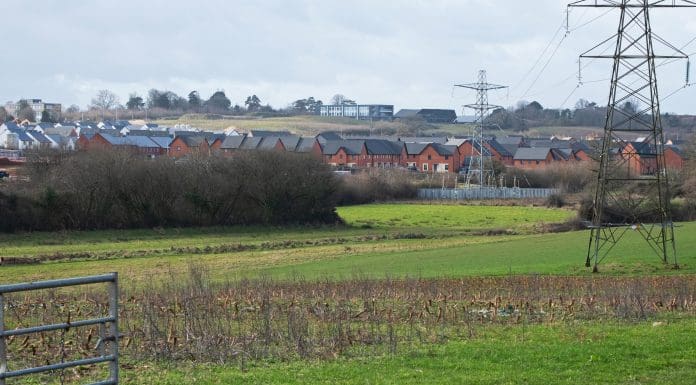Stefano Lobban, director at Herts Tools, explores the advantages of building on brownfield sites
Many towns and cities across the UK have abandoned warehouses, developments and sites. These are called brownfield sites.
There are many advantages of brownfield sites, including sustainability to local economic and social regeneration, as well as benefits to developers, including easier planning permission and cost-effectiveness.
There have been many successful developments on brownfield sites, including Kings Cross Central in London, one of the largest regeneration schemes in Europe that saw 67 acres of brownfield land redeveloped. Another successful brownfield development in the UK is the area around Manchester City’s stadium.
What are the advantages of building on brownfield?
Cost efficiency
Brownfield sites have the potential for cost savings and maximum return on investment. As most brownfield sites are in cities or towns, much of the infrastructure needed for development is already nearby. This infrastructure includes road networks, electricity and water networks, and amenities.
Many brownfield sites also have existing buildings, and depending on their state and structure, these could be repurposed, further lowering the cost to developers.
However, some brownfield sites can have contaminated land and building. The cost of decontaminating these can be high, but developers have significant tax relief when they do this. The Land Remediation Relief is an enhanced corporation tax relief of 150% for qualifying expenditure on cleaning up contamination in land or buildings. This can be a huge saving for developers who choose to build on brownfield sites.
Environmentally sustainable
One of the biggest benefits of building on a brownstone site is that it is much more sustainable than a greenfield site. The UK Sustainable Development Strategy advocates using brownfield sites to further the UK’s advancement into sustainable regeneration.
There is a lack of available developed land in the UK, but there are over 400,000 hectares of contaminated land across the country.
Due to most greenfield sites being near cities or towns, building here can also reduce commuting distance as amenities and workplaces are nearby.
Social and economic revitalisation
Derelict buildings, warehouses and land can often be a safety hazard and look unappealing. Building on brownfield sites offers sustainable, social and economic benefits to the surrounding cities and towns. Redevelopment of brownfield sites can motivate community regeneration, particularly when communities are bought into the early stages of planning and development.
Large brownfield sites can provide affordable housing, create employment opportunities, promote conservation efforts and add new social areas, such as playgrounds, playing fields or sitting areas.
Making it easier to get planning permission
Local authorities often consider the regeneration of brownfield areas as a positive thing for their local area. They often feel that the sites are a hazard or an eye sore, so planning permission is usually easier to receive. Campaigners have been calling on the government to favour the development of brownfield sites over greenfield to leave the countryside protected.
It is also usually easier to get planning permission on previously built-on land, making it easier for developers.
Overall, building on a brownfield site has many advantages for developers. Many local authorities support regeneration in their communities, making it easier for developers to gain planning permission. In addition, the UK government has tax relief systems in place for developers looking to support the decontamination of brownfield sites across the UK.
The sustainability and climate benefits of brownfield sites also can’t be overlooked; protecting the countryside and green spaces is important. When managed properly, the advantages of building on a brownfield site are massive.
The post What are the advantages of building on a brownfield site? appeared first on Planning, Building & Construction Today.


